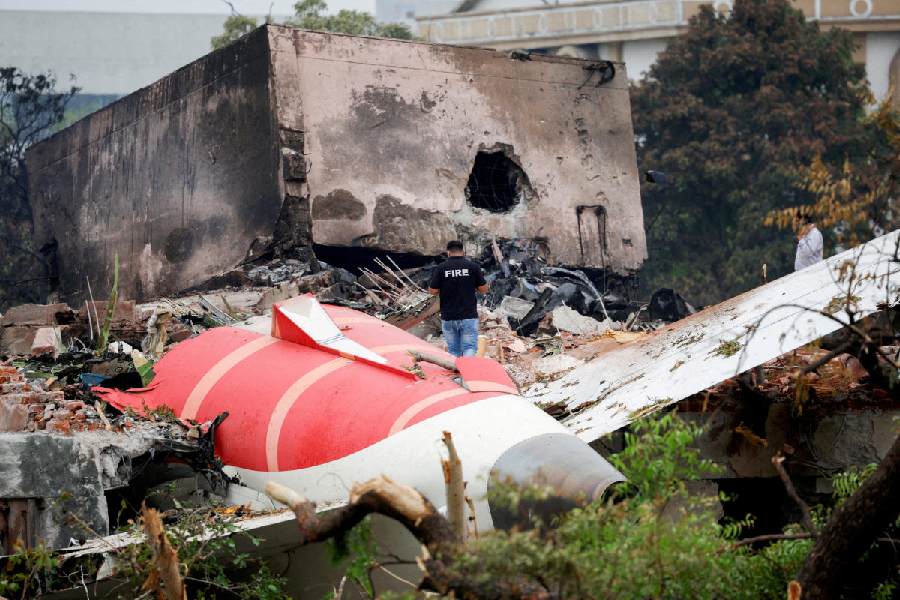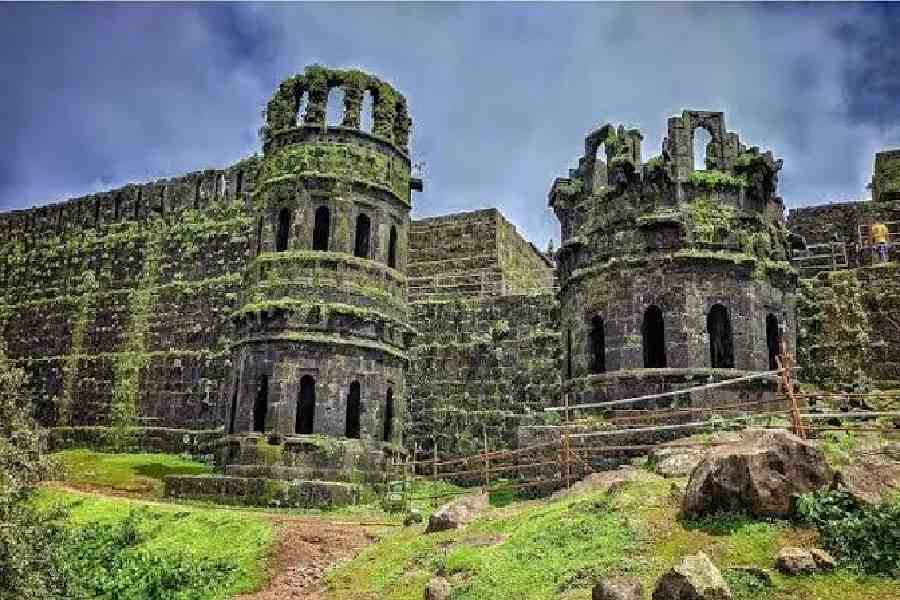Borjhar, Nov. 25: The Kamrup West forest division has seized 47 suction machines used for illegal sand extraction from the river bed of the Kulsi.
A forest official said these machines were seized between April and November 8 this year alone.
"We have seized the machines which are illegally used for sand-lifting from the river bed of the Kulsi," Mrinal Baruah, divisional forest officer of Kamrup West forest division, said. The machines, if used for sand extraction, are highly detrimental to the river ecosystem which triggers erosion in the riverbanks, he said.
Forest department sources said manpower shortage has hit the endeavour to tackle the rising pressure. "Cadre strength, which dates back to the British era, requires to be reviewed to cope with the changing situation," he said.
Kulsi is one of the few remaining abodes of fresh water river dolphins.
The government has already placed Pranjal Kotoky, the forest range officer of Kulsi forest range, under suspension because of "dereliction of duty and revenue loss".
Sources said unmindful of the detrimental effect of mechanised sand mining to the fragile aquatic ecosystem of the river, sand miners prefer using mechanised mining to manual mining to extract huge volumes of sand within a short span of time.
There are two officially designated sand mohals (areas) in the river where mining is done manually. While mining in the Kukurmara mohal, which is spread across 8 hectares, is permitted for seven years, in the Amtola mohal with 4.5 hectares, mining is allowed for five years.
A tributary of the Brahmaputra, the Kulsi originates in the northern slopes of the West Khasi Hills in Meghalaya, which after flowing for 100km enters Assam in Ukiam. From Ukiam, the river travels for 120km before meeting the Brahmaputra at Bahati near Nagarbera in Kamrup.










